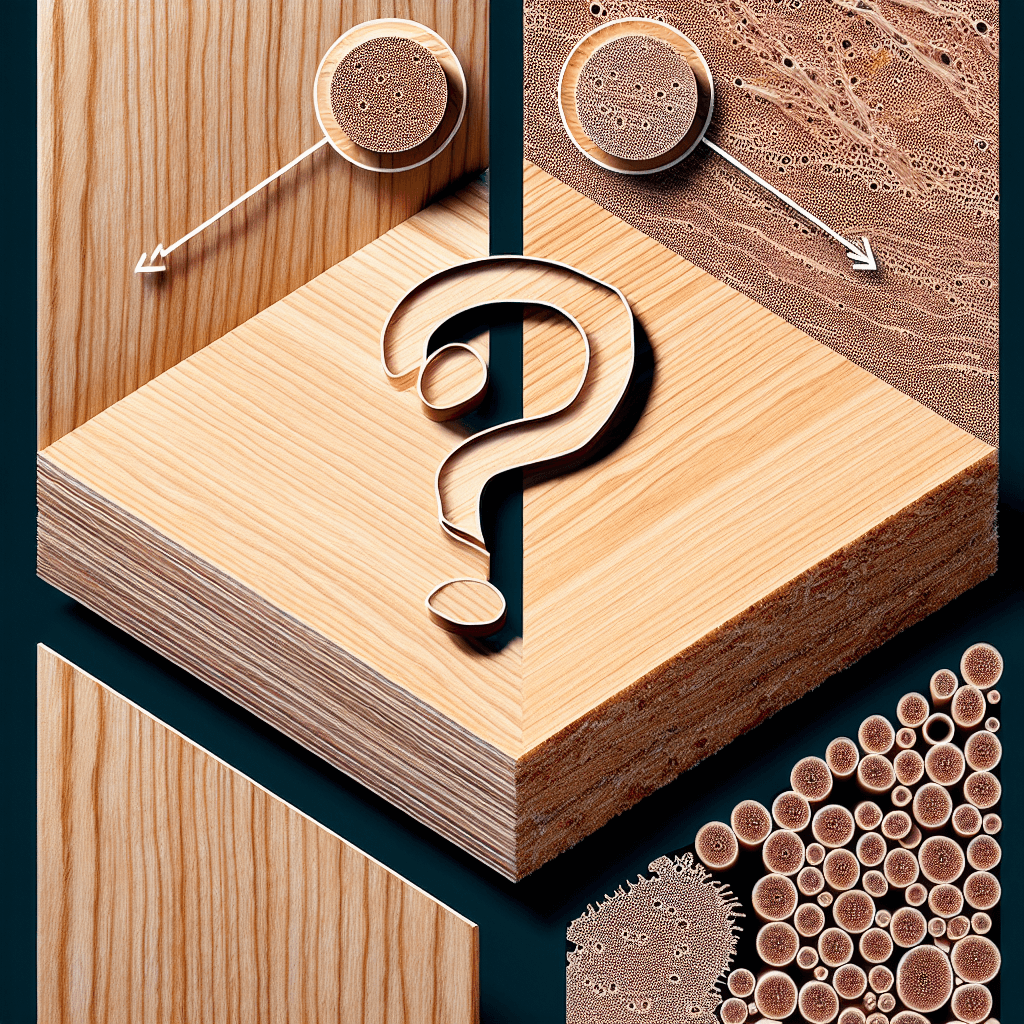How did a mini-ice age help create the world's most perfect violins
The secret to a Stradivarius's legendary sound lies not in a workshop, but in the slow-growing, unusually dense wood forged by a global deep freeze.


Too Long; Didn't Read
TLDR: A mini-ice age in the 17th and 18th centuries caused trees to grow slower and more densely. This unique, acoustically superior wood was used by masters like Stradivari to create violins with their famously unparalleled sound.
Frozen Harmony: How a Mini-Ice Age Helped Create the World's Most Perfect Violins
What gives a 300-year-old Stradivarius violin its sublime, almost supernatural sound—a quality that luthiers have spent centuries trying to replicate? While the genius of its maker, Antonio Stradivari, is undeniable, a growing body of evidence suggests a powerful, unseen collaborator was at play: a global climate event. The secret to the world's most coveted instruments may lie not just in the workshop, but frozen in the very wood they were carved from. This post explores the fascinating scientific theory of how a mini-ice age provided the perfect raw material for the golden age of violin making.
The Cremonese Masters and Their Enduring Mystery
In the 17th and 18th centuries, the small city of Cremona, Italy, became the epicenter of the violin-making world. Artisans like Antonio Stradivari, Giuseppe Guarneri, and Andrea Amati crafted instruments with a tonal brilliance and power that have never been surpassed. Their violins, now worth millions, are renowned for their ability to project sound with both clarity and warmth. For centuries, the "secret" of Cremona was attributed to everything from a proprietary varnish formula to the specific geometry of the instruments. While these factors are crucial, they don't tell the whole story. The key, it seems, starts with the trees themselves.
A Climate Shift and a Fortunate Forest
The golden age of violin making, from roughly 1645 to 1750, happened to coincide perfectly with a significant climatic anomaly known as the Little Ice Age. Specifically, this period overlapped with the "Maunder Minimum," an intense cold spell between 1645 and 1715 characterized by frigid winters and cool summers.
This prolonged cold had a dramatic effect on the forests of the southern European Alps, where luthiers sourced their tonewood. The Norway spruce trees used for the top plates of the violins grew much slower and more uniformly during these years. This resulted in wood with unique physical properties:
- Narrow Growth Rings: The cold, short growing seasons meant the trees produced exceptionally narrow and evenly spaced annual growth rings.
- Increased Density: This slow, consistent growth created wood that was unusually dense for its weight.
Tree-ring analysis, or dendrochronology, conducted by scientists at institutions like Columbia University and the University of Tennessee, has confirmed this. When they examined the wood from Stradivarius and other Cremonese violins, they found the signature narrow growth rings consistent with trees that grew during the Maunder Minimum.
How Dense Wood Creates Superior Sound
So, why does this type of wood produce a better sound? The answer lies in acoustics. The wood from the Little Ice Age possesses a unique combination of high stiffness and low density.
This combination is the holy grail for tonewood. It allows the violin's top plate to vibrate more freely and efficiently, translating the motion of the strings into sound with unparalleled resonance and clarity. The uniform density of the wood ensures that vibrations travel consistently across the entire surface, producing a rich, complex, and powerful tone that can fill a concert hall. Modern spruce, grown in a warmer climate, simply doesn't have the same tightly packed cellular structure, making it impossible to perfectly replicate that Cremonese sound.
Was It Just the Weather?
Of course, the Little Ice Age isn't the sole reason for the genius of a Stradivarius. The climate provided the perfect canvas, but it took a master artist to create the masterpiece. The unparalleled skill of Stradivari and his contemporaries—their deep understanding of acoustics, their precision in carving, and their secret varnish formulas—was essential. The unique wood was a happy accident of nature, a once-in-a-millennium resource that the Cremonese masters had the genius to exploit to its fullest potential. The perfection of their instruments is a convergence of climate, material, and unparalleled human craftsmanship.
Conclusion
The story of the Stradivarius is a powerful reminder of how interconnected our world is. It reveals that a global climate event, a mini-ice age, could have a direct and profound impact on human culture, producing the raw material for what many consider the most perfect musical instrument ever made. While the hands of Stradivari did the carving, the cold of the Maunder Minimum shaped the wood. Modern science has allowed us to peel back the layers of this centuries-old mystery, uncovering a beautiful and unexpected harmony between nature's patterns and human artistry.


